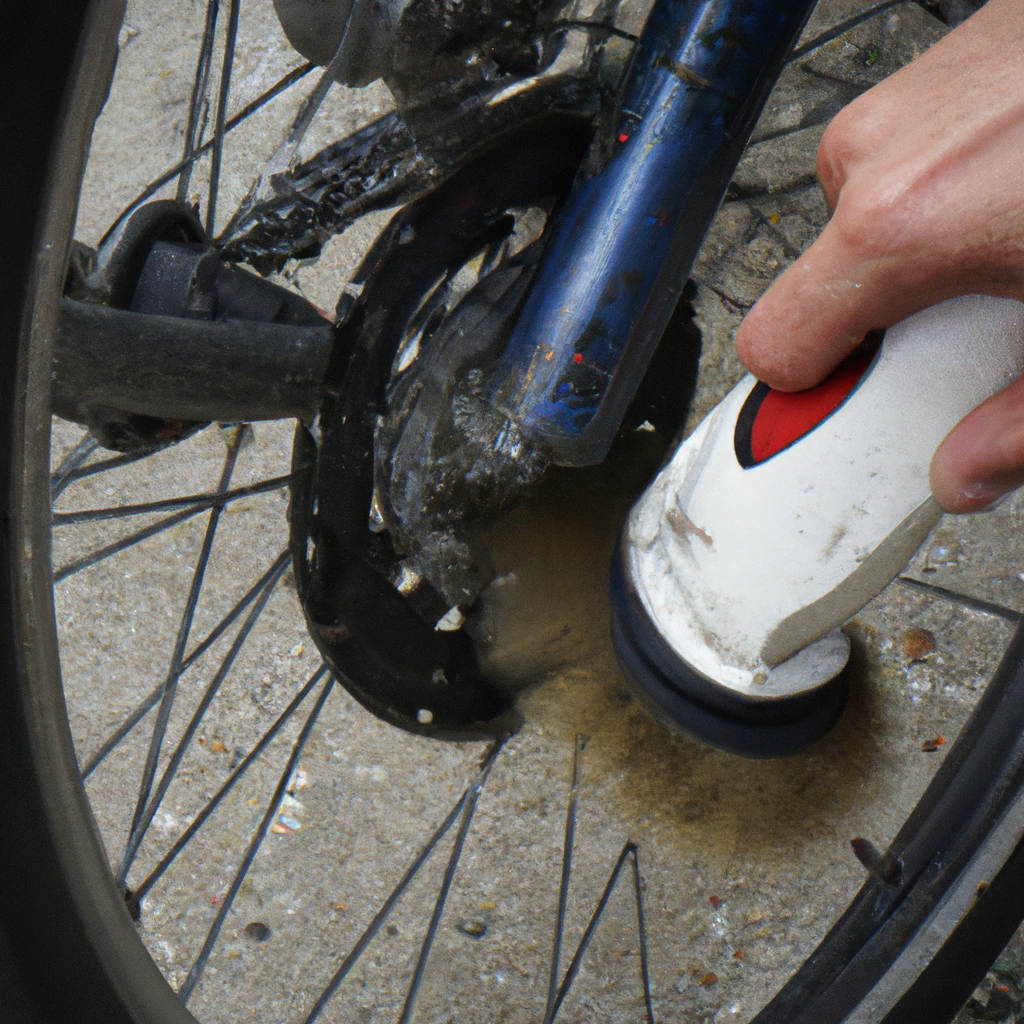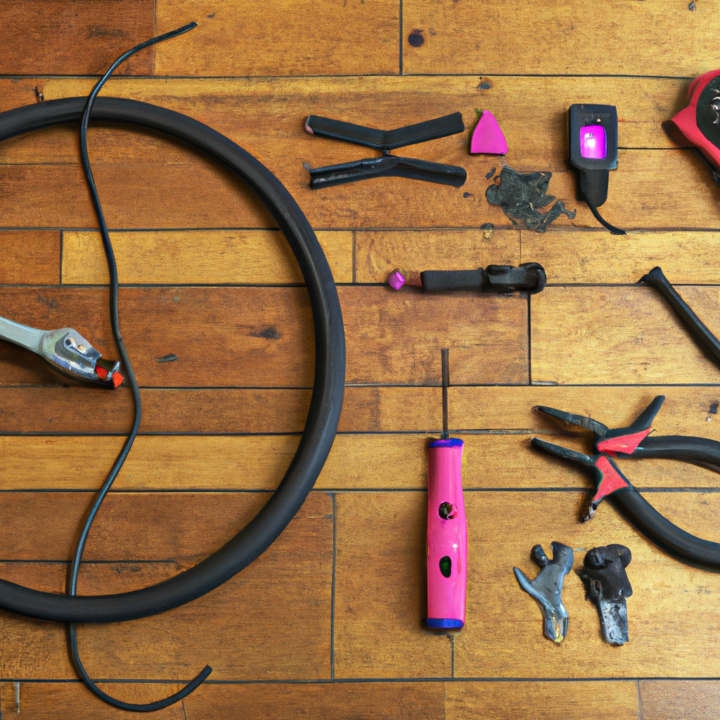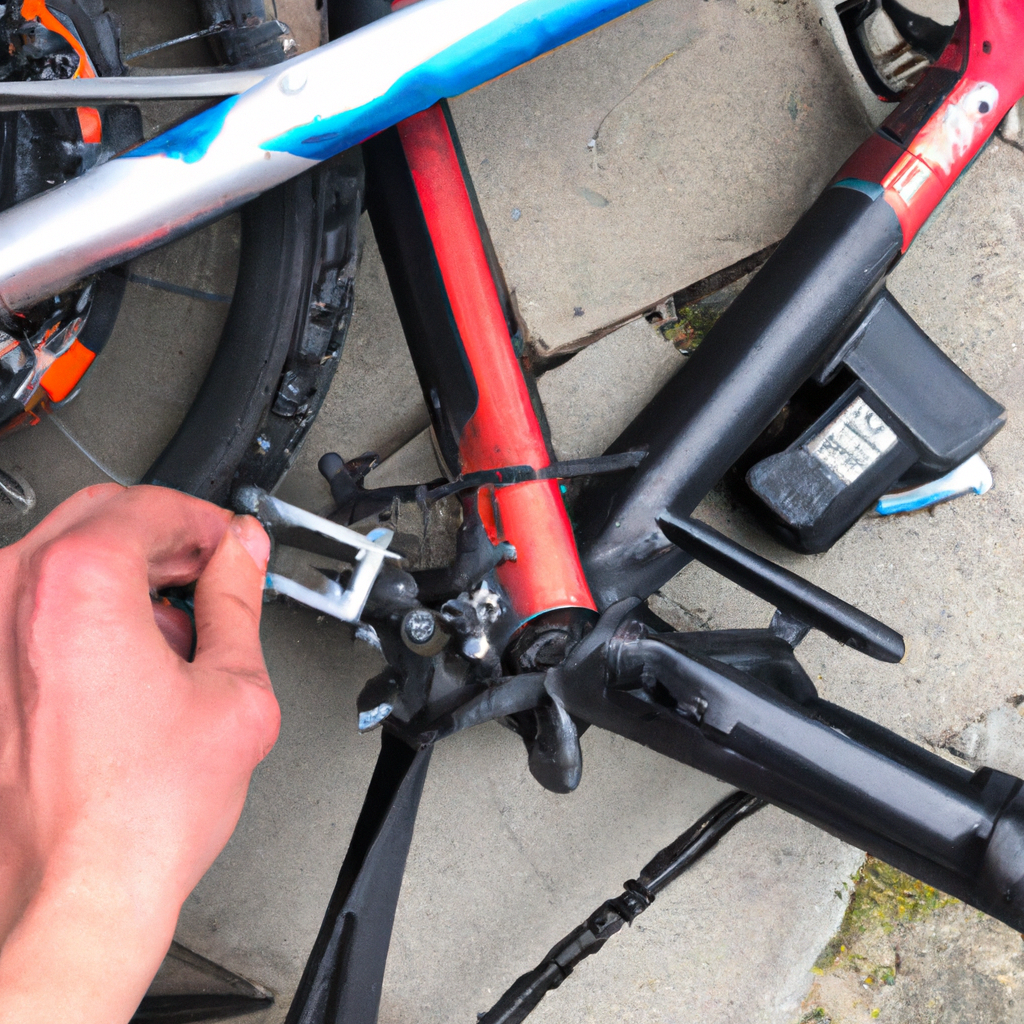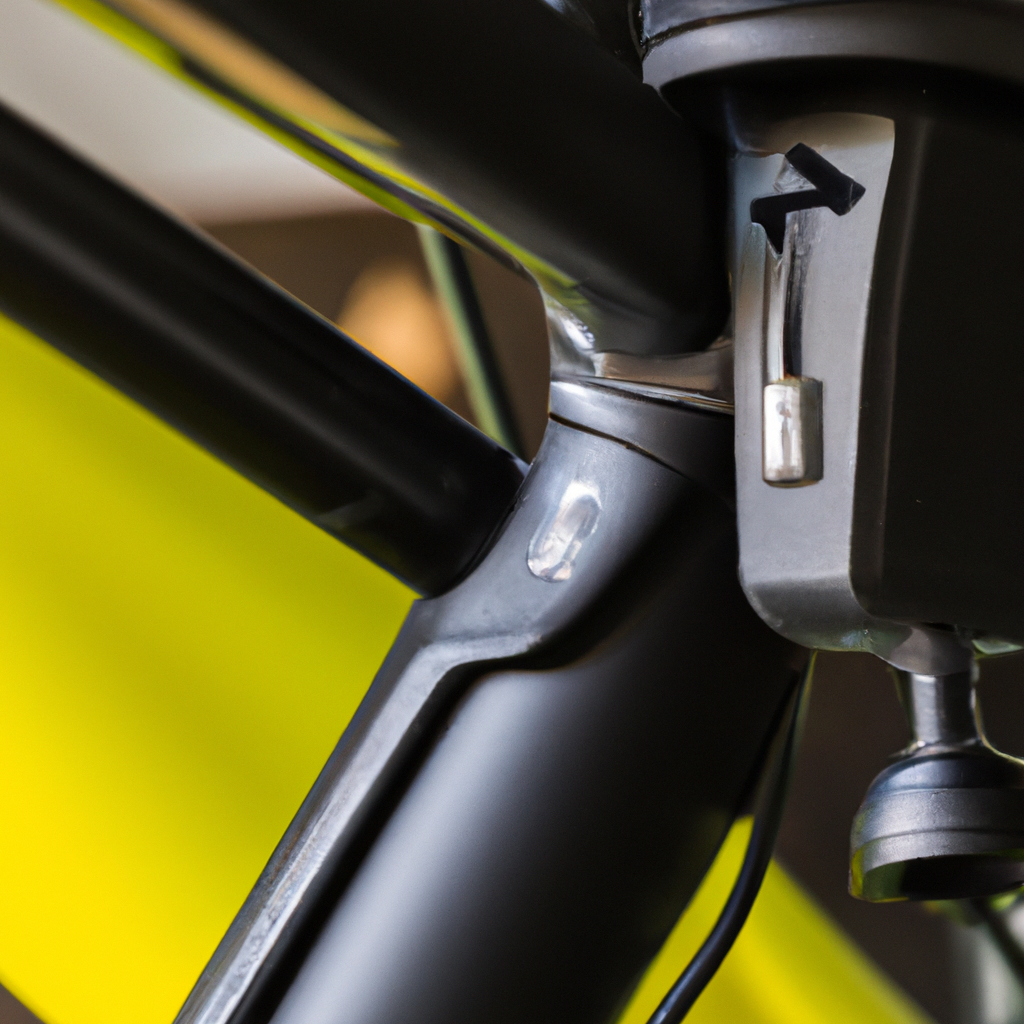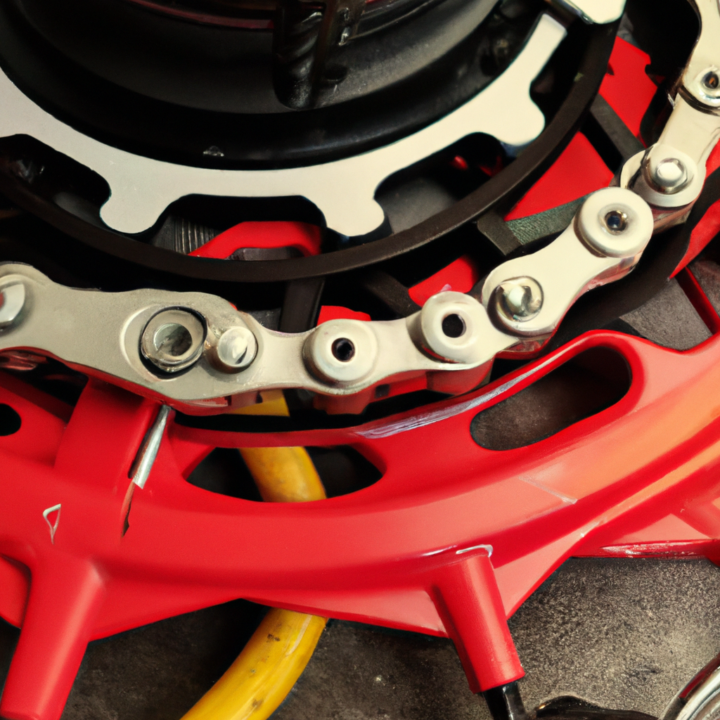Common Electric Bike Problems: Troubleshoot Issues with Electric Bikes
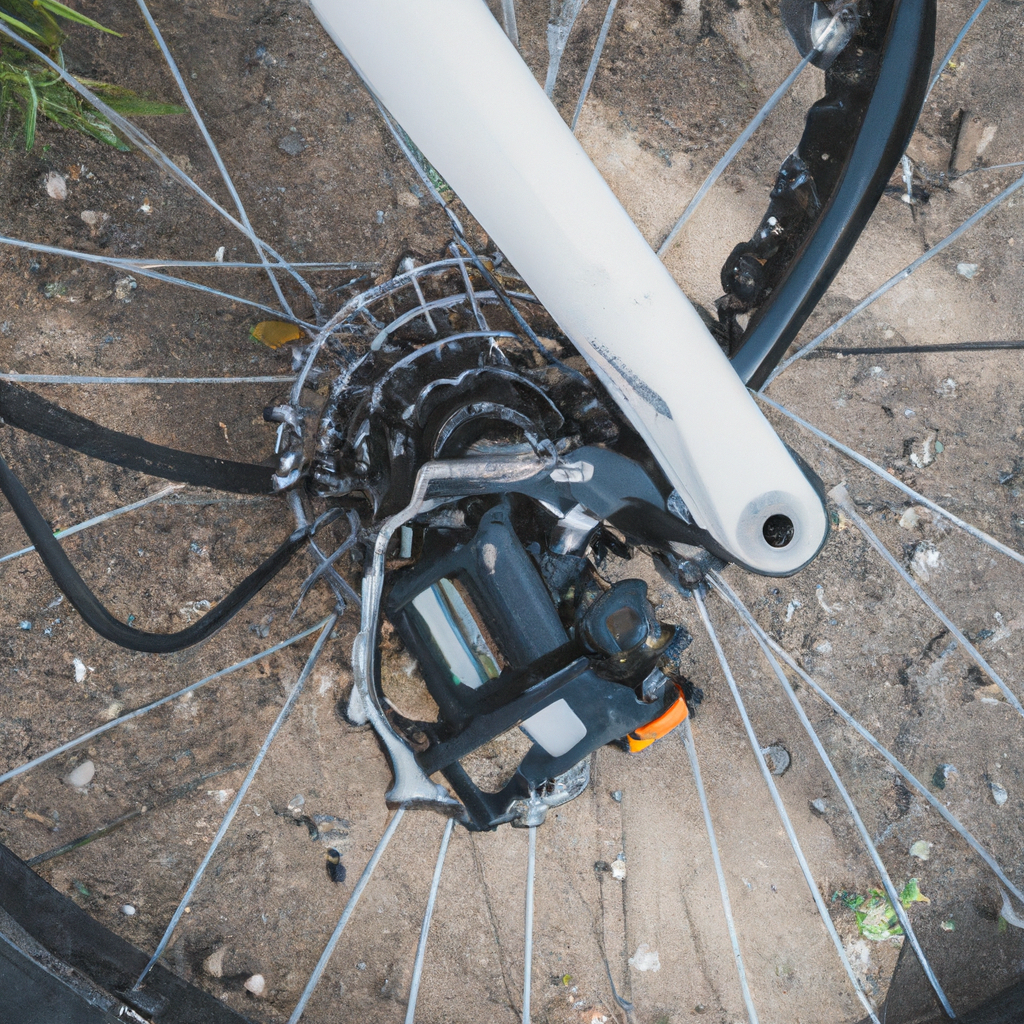
Electric bikes, also known as e-bikes, have gained immense popularity in recent years. With their eco-friendly nature and convenient usability, they have become a preferred mode of transportation for many. However, like any other piece of machinery, electric bikes can sometimes encounter problems that can hinder their performance.
Why Understanding Common Electric Bike Problems Matters
Table Of Contents
Whether you are a seasoned rider or a beginner, it is essential to be aware of the common issues that electric bikes face. Having a good grasp of these problems will not only help you troubleshoot and fix them promptly but also enable you to enjoy a smooth and hassle-free ride. So, let’s dive in and explore some of the most common electric bike problems and their solutions.
1.1 Battery Not Holding Charge
If you notice that your electric bike’s battery is not holding a charge as it used to, the first thing to check is its age. Over time, the battery’s capacity to hold a charge diminishes. If your battery is relatively old, it may be time to consider replacing it. Alternatively, make sure that the battery contacts are clean and free from any corrosion.
1.2 Short Battery Life
If your electric bike’s battery does not last as long as it should, there could be several factors at play. Start by checking if you are riding in a hilly or windy area, as these conditions can significantly impact battery life. Additionally, ensure that your bike’s tire pressure is optimal, as underinflated tires can cause the motor to work harder and drain the battery faster.
1.3 Charging Problems
Are you having trouble charging your electric bike’s battery? Before panicking, check the charger and ensure it is properly connected to both the bike and the power outlet. Also, be wary of using the wrong charger, as this can damage the battery. If the problem persists, consider consulting a professional for assistance.
2. Motor Malfunctions
2.1 Motor Not Working
If your electric bike’s motor fails to start, it could be due to various reasons. Check if the motor wires are securely connected and not damaged. Also, examine the bike’s throttle and pedal-assist system to ensure they are functioning correctly. In some cases, a faulty motor controller might be the culprit. If you suspect this is the issue, seek professional help for repairs.
2.2 Motor Overheating
While it’s normal for an electric bike’s motor to get warm during use, excessive heat can be a cause for concern. If you find that your motor is overheating, first make sure that you are not overloading the bike with excessive weight. Additionally, check the motor’s cooling system for any obstructions, such as dirt or debris, and clean it accordingly. If the problem persists, consult a specialist.
3. Electrical System Problems
3.1 Lights Not Working
If the lights on your electric bike fail to illuminate, check the wiring connections and ensure they are secured. Corroded or loose connections can disrupt the electrical flow. Additionally, examine the lightbulbs themselves and replace any that may have burned out. If the issue remains unresolved, enlist the help of an electric bike technician.
3.2 Display Malfunctions
The display panel on your electric bike plays a vital role in providing important information regarding speed, mileage, and battery life. If you encounter any issues with the display, check for loose connections or damaged wiring. In some cases, a software update or resetting the display settings may resolve the problem.
4. Braking System Problems
4.1 Squeaky Brakes
If your electric bike’s brakes emit a squeaking sound, it is usually an indication of worn brake pads. Inspect the brake pads to see if they need to be replaced. Cleaning the brake surface can also help eliminate the squeaking noise. Furthermore, ensure that the brake calipers are aligned correctly for optimal braking performance.
4.2 Brake Malfunctions
In the event that your electric bike’s brakes fail to engage or are not as responsive as they should be, it is crucial to address the problem immediately. The issue could be due to loose brake cables, misaligned brake pads, or worn-out brake components. Contact a professional bike technician to diagnose and fix the problem for your safety.
5. Tire and Puncture Issues
5.1 Flat Tires
Flat tires are a common problem faced by all cyclists, regardless of the type of bike. To prevent flat tires, ensure that your electric bike’s tires are properly inflated according to the manufacturer’s recommended pressure. Additionally, avoid riding over sharp objects that can puncture the tires. Always carry a repair kit or spare tube to handle any unexpected flats.
5.2 Tire Wear and Tear
Regularly inspect your electric bike’s tires for signs of wear and tear. Check for any cracks, bulges, or excessive tread wear. Worn-out tires can impact the bike’s performance and compromise safety. If you notice significant tire damage, it is advisable to replace them promptly to prevent any accidents.
Conclusion
Electric bikes offer a convenient and eco-friendly mode of transportation. By familiarizing yourself with the common problems that electric bikes can encounter and knowing how to tackle them, you can ensure that your ride remains pleasurable and trouble-free.
Remember to perform regular maintenance and seek professional help when necessary. Happy riding!
FAQs – Common Electric Bike Problems
1. Why is my electric bike not turning on?
There could be several reasons why your electric bike is not turning on:
- Check if the battery is fully charged or if it needs to be replaced.
- Ensure that the power switch is turned on. Sometimes, it may be accidentally switched off.
- Inspect the wiring connections for any loose, disconnected, or damaged wires. If found, consult a professional for repair.
2. What should I do if my electric bike loses power while riding?
If your electric bike suddenly loses power while riding, consider these troubleshooting steps:
- Check the battery and ensure it is charged. If the battery is old or damaged, it may need to be replaced.
- Inspect the controller and wiring connections for any loose or damaged components. If necessary, seek professional assistance for repairs.
- Make sure the throttle or pedal-assist system is functioning correctly. Test them to ensure they are engaging the motor properly.
3. Why is my electric bike making unusual noises?
If your electric bike is making unusual noises, it may indicate a problem. Here are possible causes and solutions:
| Noise | Possible Cause | Solution |
|---|---|---|
| Squeaking or grinding | Brake pads worn out or misaligned | Replace or adjust brake pads |
| Clicking or ticking | Loose pedal, chain, or bottom bracket | Tighten or lubricate components |
| Whirring or rattling | Loose motor or battery mount | Check and tighten motor and battery mounts |
4. What can I do if the electric bike battery doesn’t last as long as it used to?
If the battery life of your electric bike is decreasing, consider the following steps:
- Ensure that you are not consistently riding in the highest power assistance mode, as it drains the battery faster.
- Check the battery’s age and overall condition. Older batteries may need to be replaced to restore maximum capacity.
- Keep the battery at a suitable temperature range, as extreme cold or heat can affect its performance.
- Charge the battery regularly, even during periods of non-use, to maintain its health.
5. How can I prevent common electric bike problems?
To minimize the occurrence of electric bike problems, follow these preventive measures:
- Read and follow the manufacturer’s guidelines for maintenance and usage.
- Regularly inspect and clean your bike, paying attention to the drivetrain, brakes, and electrical components.
- Keep the tires properly inflated and check for any signs of wear or damage.
- Store the bike in a dry and secure location, protecting it from extreme weather conditions.
- If you encounter any issues, consult a professional instead of attempting complex repairs on your own.
